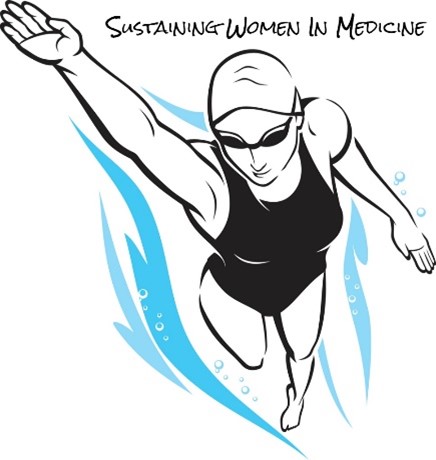Sustaining Women in Medicine
Purpose:
Recent studies have found a high rate of burnout in family physicians, young physicians, and females in particular. Female family medicine residents are now 55% of trainees. A study of all recertifying ABFM diplomates found females more likely than males to be burned out at the beginning and ends of their careers, with the highest rates occurring in females under 40 years of age. The survey of residency graduates 3 years out showed that 44% of females met typical criteria for burnout. Other research suggests workplace factors are associated with burnout, and that younger physicians are less likely to be burned out if they practice full-scope family medicine. Many hypotheses exist regarding factors contributing to burnout in females, yet no published studies explore these hypotheses. There is similarly little known about interventions aimed at preventing burnout in women or in helping them recover. Many interventions currently focus on individual wellness, but early research and general consensus suggest that focusing on practice and health system factors.

The research teams at the Robert Graham Center and The American Board of Family Medicine led a three phased study aimed at understanding the factors contributing to burnout in female family physicians and what interventions may help curb or eliminate burnout in this group. To read more about the study and the results, explore the links below.
Key Findings:
- Only 8% of physicians surveyed reported taking no personal steps to address burnout. Male and female physicians reported similar types of organizational support aimed at physician wellness; yet 20% reported that their organization did not provide any type of well-being support.
- There are gendered differences in physician responses to burnout. Female physicians were more likely to reduce work hours/go part time and to use domestic help; males were more likely to spend more time on hobbies.
- Needing more time was a major theme that emerged from the interviews. Female physicians felt that systems that supported more time with patients, more flexible schedules for physicians, more time to work on non-clinical activities such as teaching and more time away from work without penalties were steps organizations could take to help curb burnout.
SWIM Publications
SWIM Presentations
- Do Gendered Experiences of Physician Burnout Require Tailored Interventions: American Conference on Physician Health 2019
- Sustaining Women in Medicine Preliminary Results: Multistate Presentation February 23, 2020
- The Association Between Burnout and Working With Vulnerable Populations: North American Primary Care Research Group Presentation November 2020
- Ask her what she wants: Female physicians’ views on burnout interventions: GRIT for Women in Medicine: Growth, Resilience, Inspiration & Tenacity 2021
SWIM Monographs
Coming soon
SWIM Playbook
Coming Soon
Other Gender Equity Related Projects and Publications
Burnout Among Family Physicians by Gender and Age
Family Medicine's Gender Pay Gap
Family Physician Income Disparities by Race and Gender
Female Family Physicians Are More Racially Diverse Than Their Male Counterparts in Federal Sites
Has Female Authorship in Family Medicine Research Evolved Over Time?
Trends in the Gender Ratio of Authorship at the Robert Graham Center
Gender Concordance of First and Senior Authors in Family Medicine Journals
Gender Differences in Reported Weekly Work Hours Among Family Physicians
Increasing Share of Practicing Female Family Physicians, 2010-2020
Gender Pay Equity Monograph: Coming soon
Know Your Value Monograph: Coming Soon